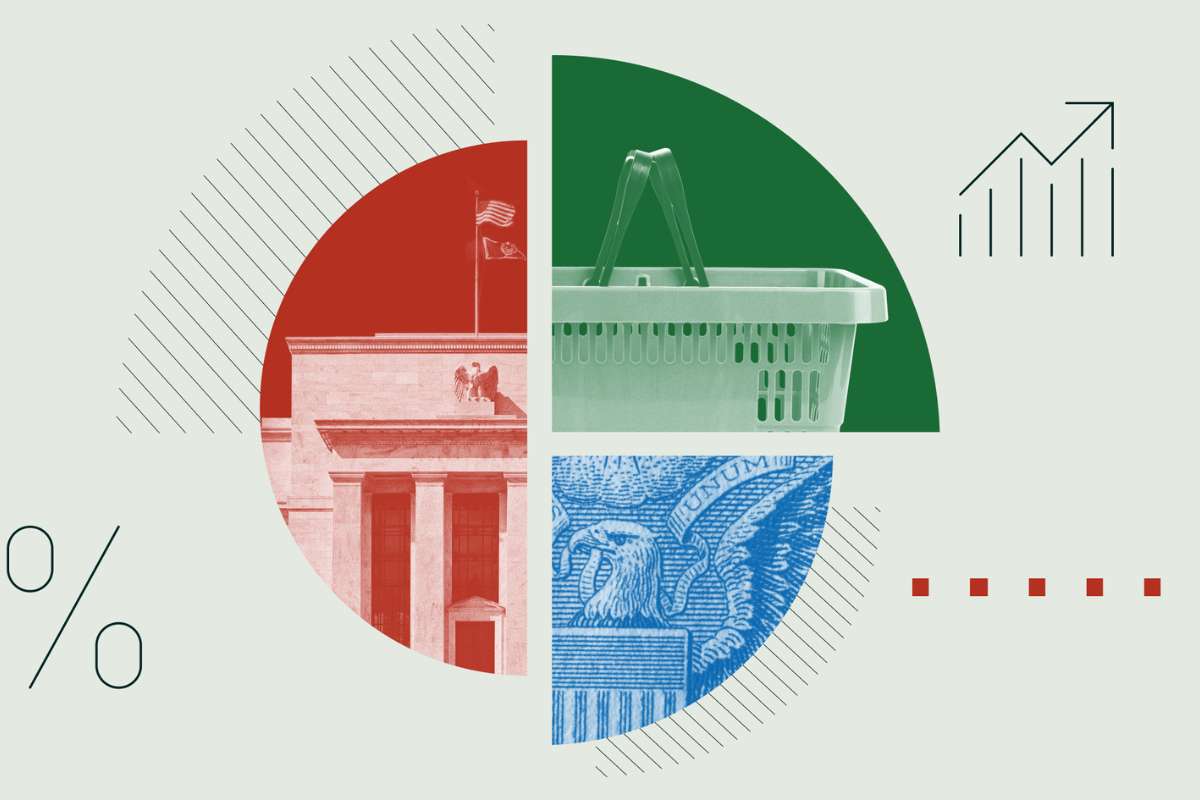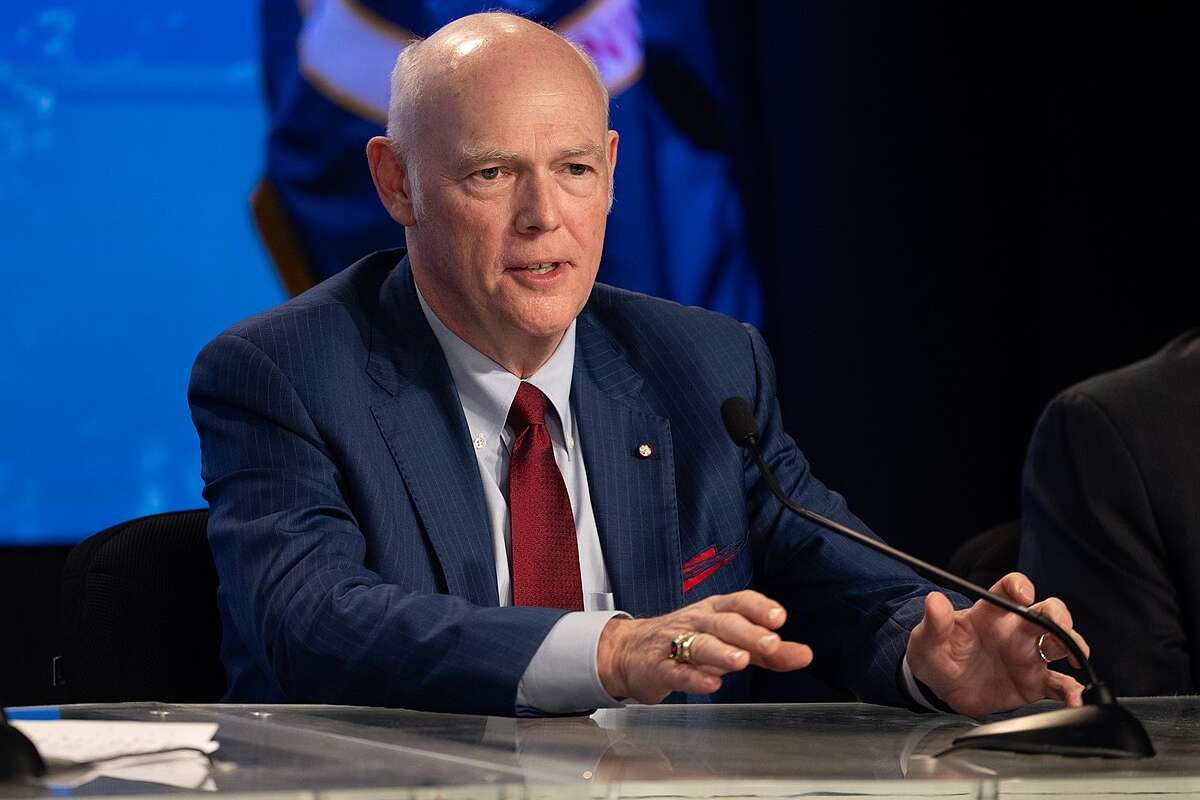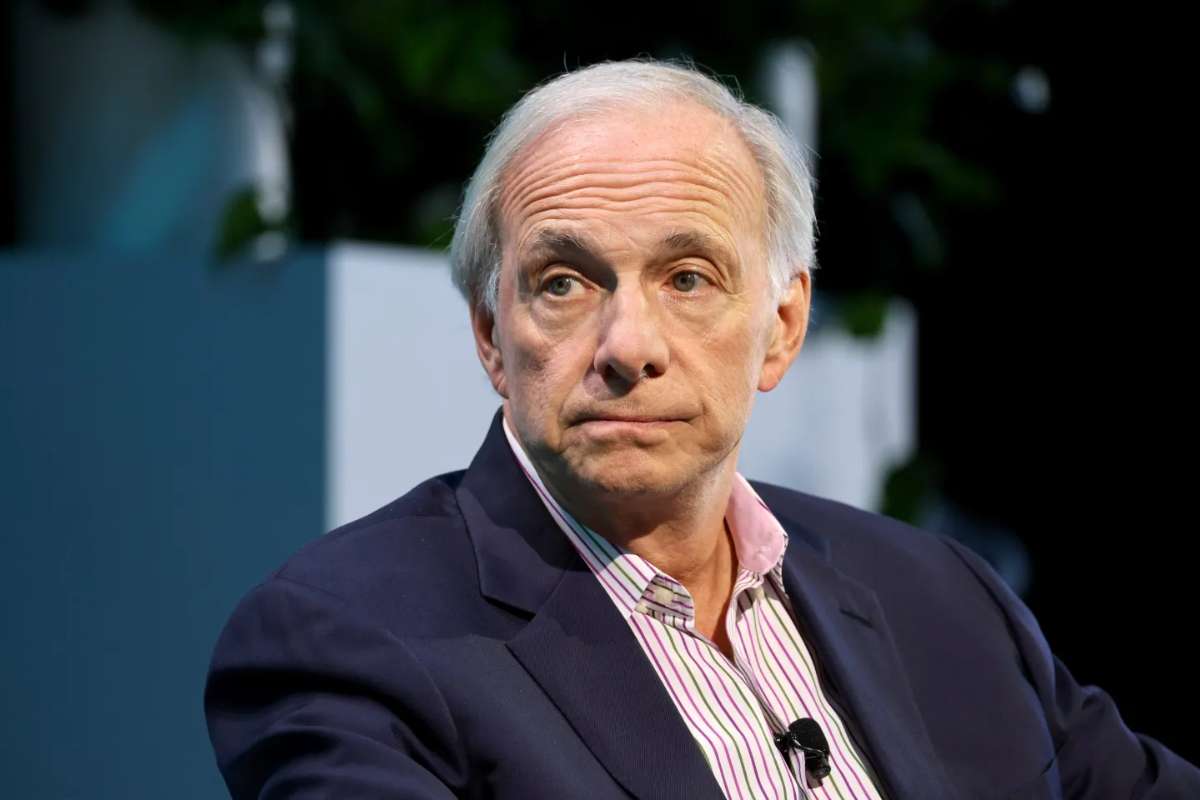Inflation Trends and Projections
The upcoming January CPI Report is expected to provide key insights into inflation trends as discussions around potential interest rate cuts continue. Scheduled for release at 8:30 a.m. ET on Wednesday, the report is projected to show an annual headline inflation rate of 2.9%, mirroring December’s figures. Every month, consumer prices are anticipated to have risen by 0.3%, marking a slight slowdown from December’s 0.4% increase.
January CPI Report Core inflation, which excludes volatile food and energy costs, is expected to have increased by 3.1% compared to the previous year—the lowest rate since April 2021. This would reflect a slight decrease from December’s 3.2%, signaling the first deceleration in core CPI since July. Monthly core inflation is forecasted at 0.3%, marginally higher than the prior month’s 0.2% reading.
Economists suggest that persistent cost increases in shelter and essential services such as medical care and insurance have contributed to the inflationary pressure. Core services costs are likely to have edged higher in January , while the prices of specific goods, including used cars, may have remained elevated. Bank of America analysts have noted an expected rise in core goods prices, largely driven by fluctuations in the automobile market. However, they anticipate a broader decline in core goods costs due to an improving supply chain environment, though seasonal factors in January could introduce volatility.
Housing Costs and Monetary Policy Implications
A crucial component of inflation, rental prices, is projected to remain steady compared to December. The hypothetical rent homeowners would pay, known as Owners’ Equivalent Rent (OER), is expected to rise slightly from 0.3% to 0.4%. Analysts emphasize that while inflation has slowed, it remains above the Federal Reserve’s 2% target, prompting questions about the central bank’s next moves.
Federal Reserve officials have maintained a cautious stance on monetary policy, closely monitoring inflation data before making decisions regarding interest rate adjustments. Some policymakers have emphasized that any sustained inflationary pressures could warrant continued restrictive monetary policy. Federal Reserve Bank of Chicago President Austan Goolsbee downplayed concerns over rising inflation expectations reflected in consumer sentiment surveys, stating that market-based indicators suggest inflation remains within historical ranges.
Despite this, January CPI Report Expected to Indicate Slower Inflation Amid Interest Rate Speculation Dallas Fed President Lorie Logan recently warned that if inflation persists or accelerates, further policy tightening may be necessary. Additionally, Fed Chair Jerome Powell, speaking before the Senate Banking Committee, indicated that the central bank does not feel pressured to lower interest rates in the near term. The 10-year breakeven inflation rate, a key market indicator, was recorded at 2.4% as of Monday, remaining within a relatively stable range over the past two years.
Impact of New Economic Policies on Inflation
Inflation forecasts have been further complicated by evolving trade and fiscal policies. Recent measures, including newly announced 25% tariffs on steel and aluminum imports set to take effect in March, are expected to have inflationary consequences. Additional tariffs on imports from key trading partners, including Mexico and Canada, are scheduled for next month, while a 10% duty on Chinese goods has already been implemented.
Some economists argue that such policy shifts could drive inflation higher in the latter half of 2025, although the timeline could be accelerated if further trade restrictions are introduced. Market analysts are closely watching whether these developments influence long-term inflation expectations, particularly as consumer sentiment indicators reflect growing concerns. The latest University of Michigan survey reported a decline in consumer confidence, with one-year inflation expectations reaching their highest level since late 2023, despite the January CPI Report showing a significant drop.
As discussions over economic policy continue, financial markets and policymakers remain focused on upcoming data releases to gauge whether inflation is stabilizing or if further adjustments will be necessary to maintain economic stability.











